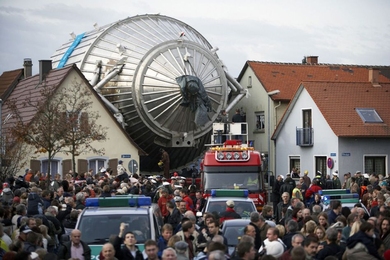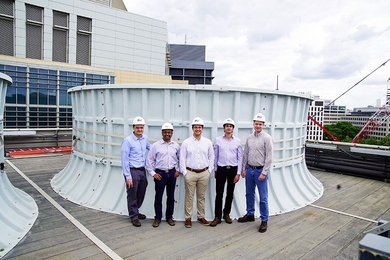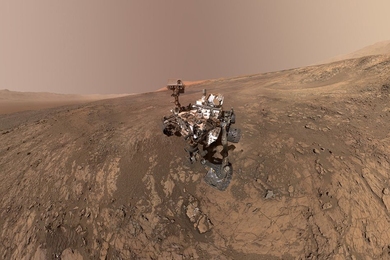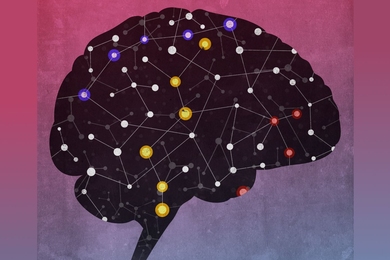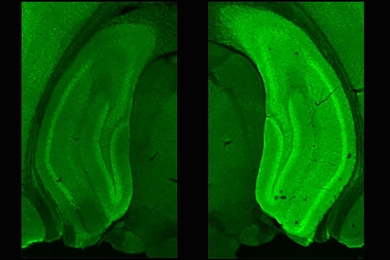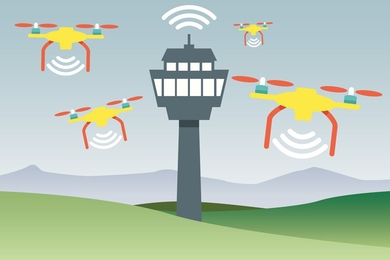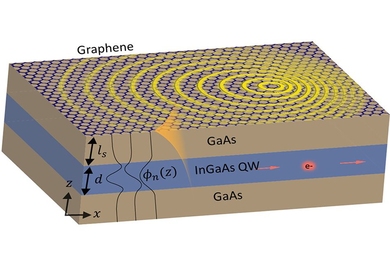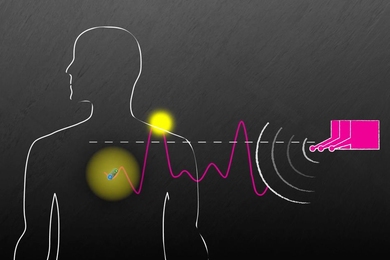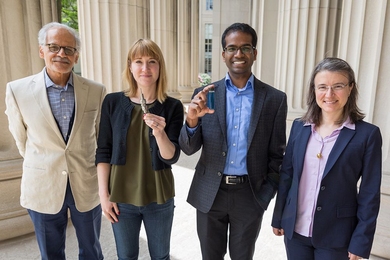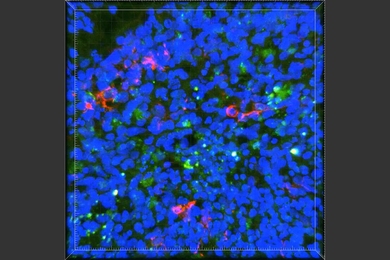New system recovers fresh water from power plants
Technology captures water evaporating from cooling towers; prototype to be installed on MIT’s Central Utility Plant.
Decoding RNA-protein interactions
Scientists leverage one step, unbiased method to characterize the binding preferences of more than 70 human RNA-binding proteins.
3 Questions: Roger Summons on finding organic matter on Mars
Discovery adds to evidence suggesting that Mars was at one time habitable.
Network of diverse noncoding RNAs acts in the brain
Scientists identify the first known network consisting of three types of regulatory RNAs.
Protein pair quickly makes memories of new places
MIT researchers find that encountering novel contexts cues the brain to churn out neurogranin.
How the brain performs flexible computations
New neural model reveals how the brain adapts to new information.
Keeping data fresh for wireless networks
Algorithm provides networks with the most current information available while avoiding data congestion.
Researchers devise new way to make light interact with matter
Reducing the wavelength of light could allow it to be absorbed or emitted by a semiconductor, study suggests.
Wireless system can power devices inside the body
New technology could enable remote control of drug delivery, sensing, and other medical applications.
Revolutionizing everyday products with artificial intelligence
Mechanical engineering researchers are using AI and machine learning technologies to enhance the products we use in everyday life.
AI-based method could speed development of specialized nanoparticles
Neural network could expedite complex physics simulations.
MIT Energy Initiative awards nine Seed Fund grants for early-stage energy research
Awardees will use grants to advance research in areas including energy storage, renewables expansion modeling, and the chemistry of electrocatalysts.
Neuroscientists discover roles of gene linked to Alzheimer’s
Study reveals why people with the APOE4 gene have higher risk of the disease.
Device allows a personal computer to process huge graphs
With novel system, data scientists can analyze massive networks without the need for power-hungry servers.
